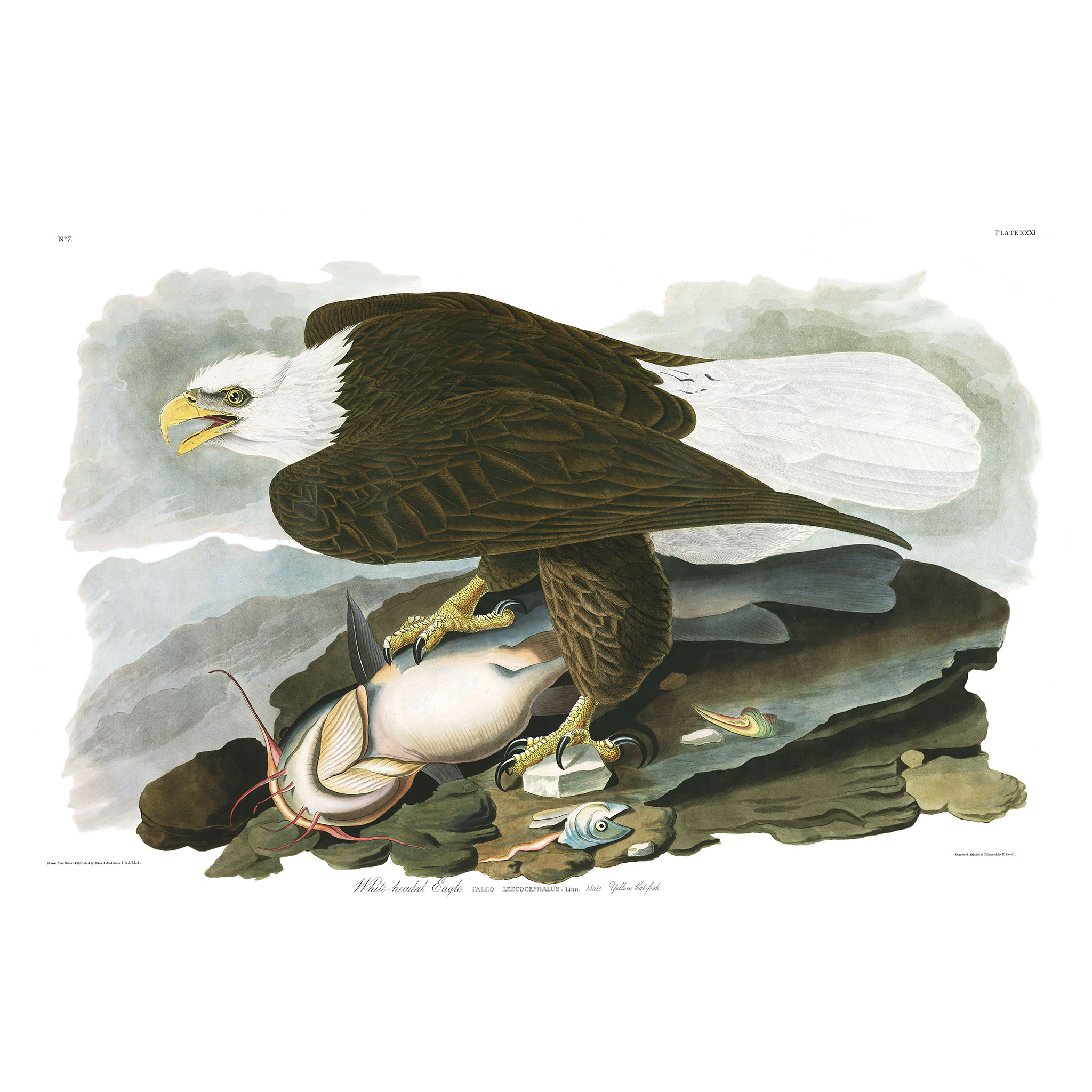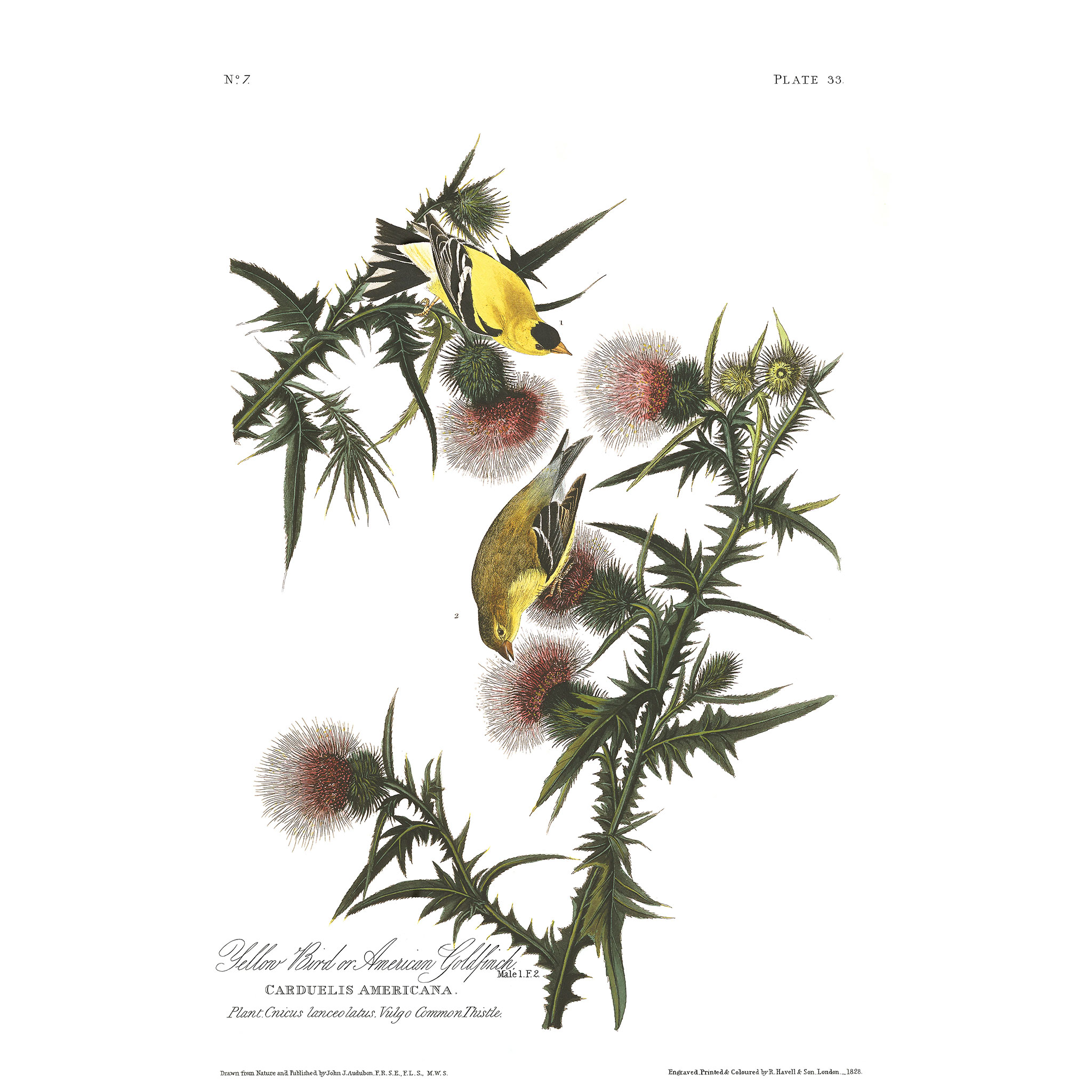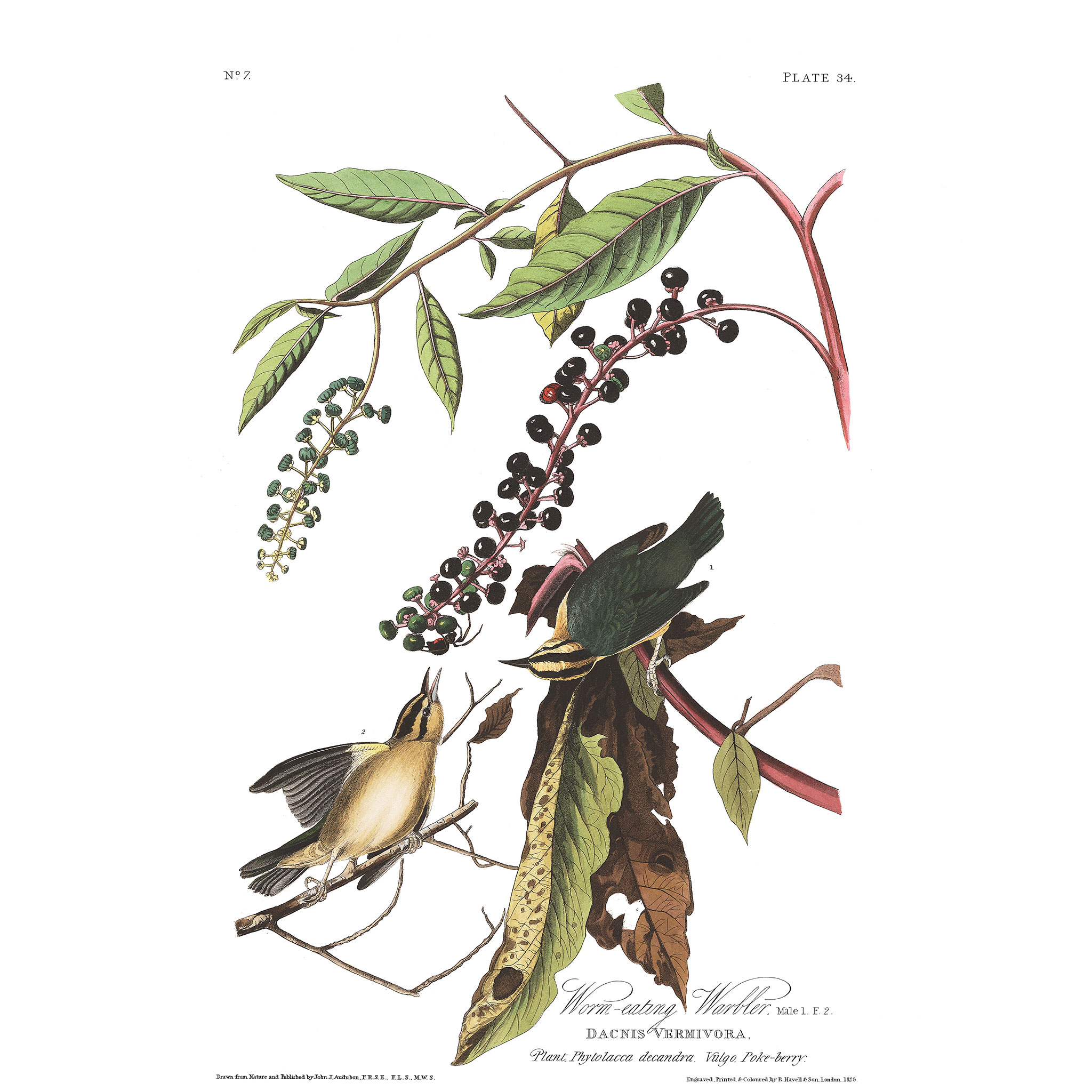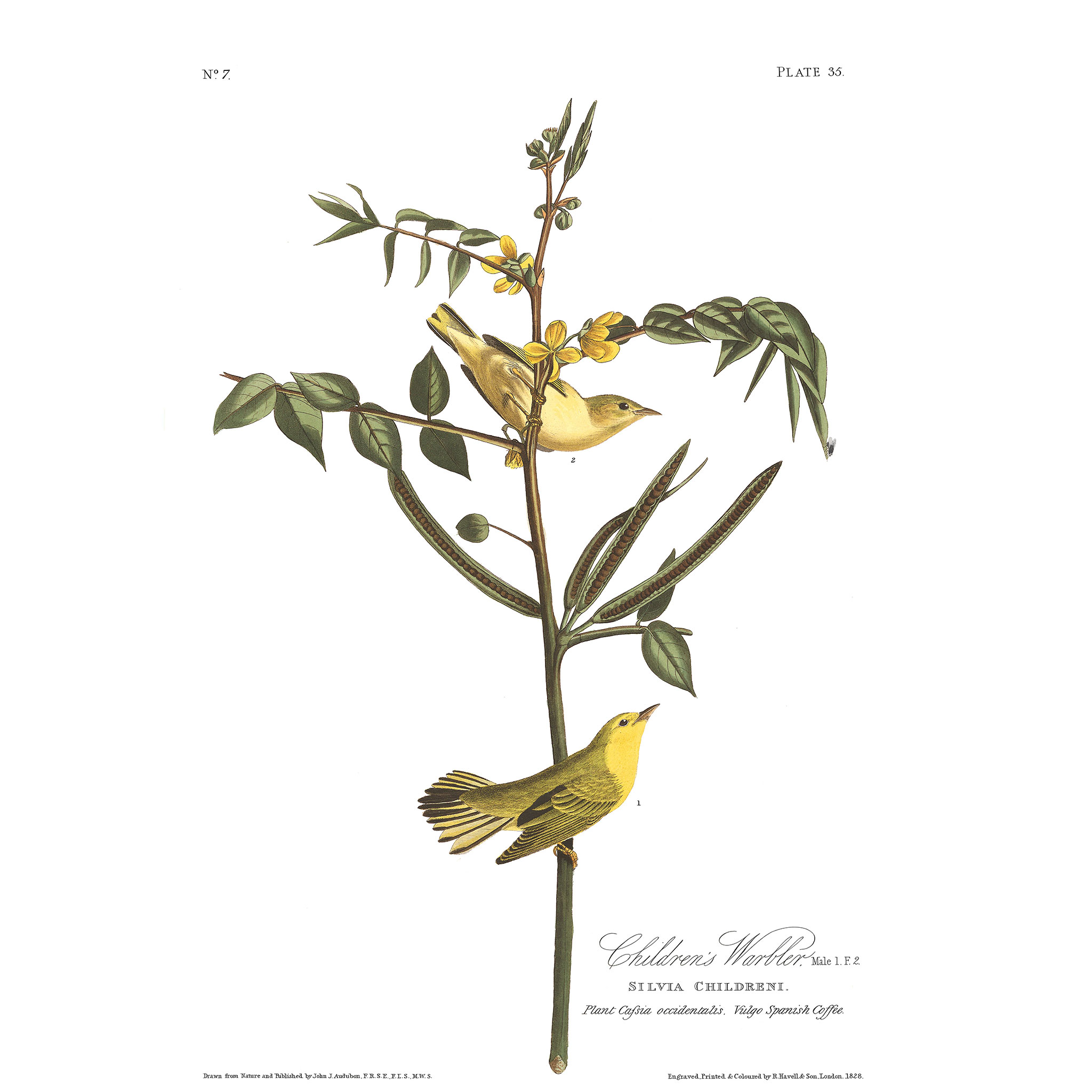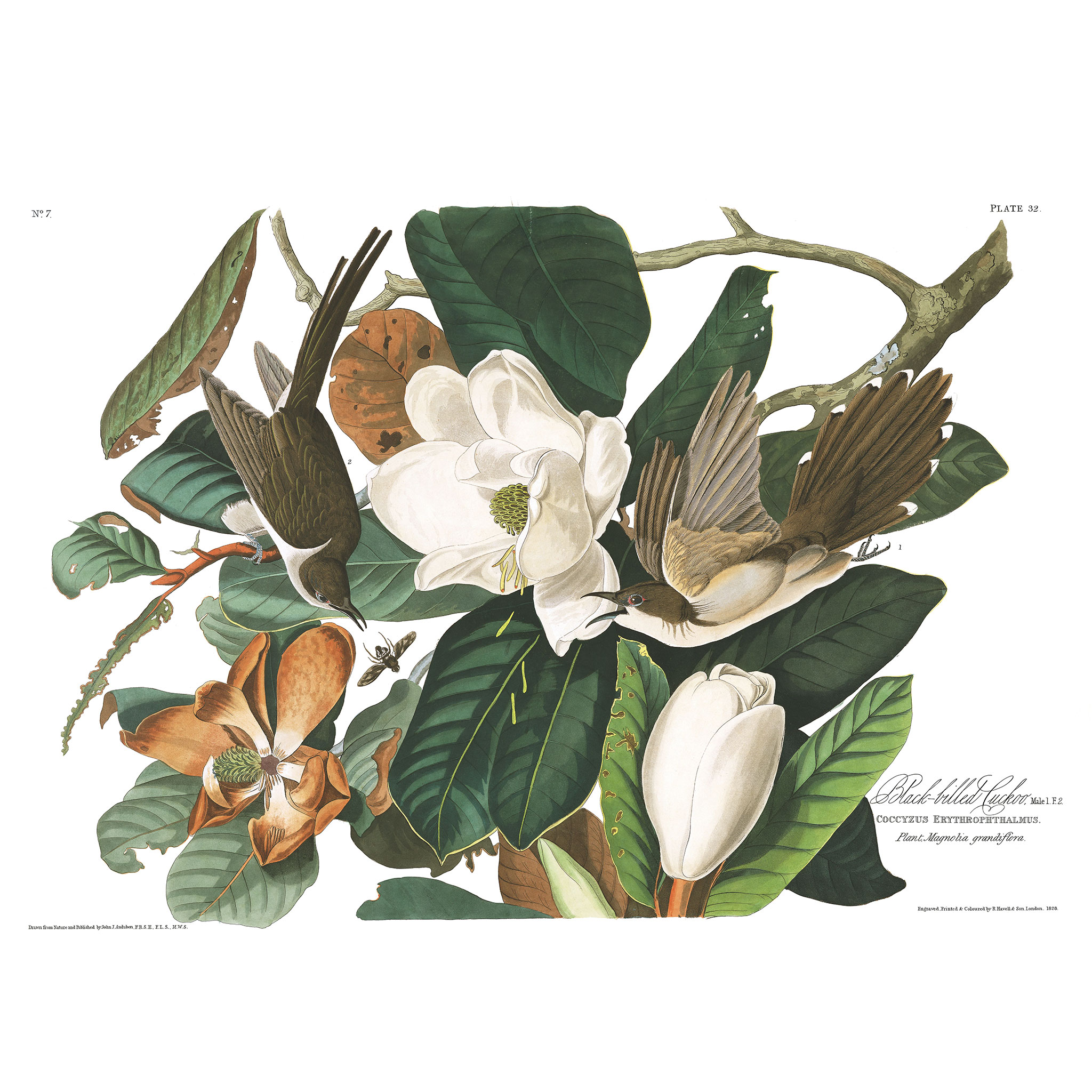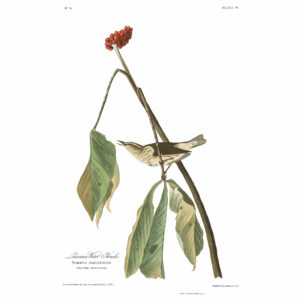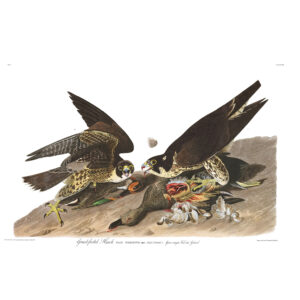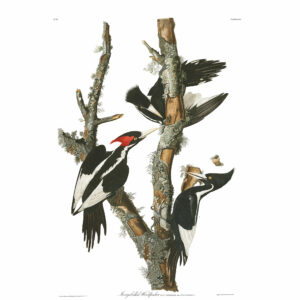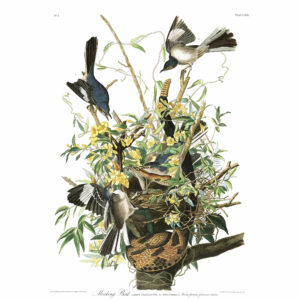Birds of America Volume 1 (Plates 31-35)
Adopt-an-Audubon Plate sponsor benefits:
- Credit on the bird label whenever it is exhibited
- Recognition on the Museum’s digital donor board in the main lobby
- Museum individual plus membership for 2 years (maximum of 2 years)
- For adoptions of $6,000 or more, a copy of our 250th anniversary book, The Charleston Museum: America’s First Museum
- For adoptions of $9,000 or more, an invitation to a private “behind the scenes” tour, for up to 4 people, of the Museum Archives and Collections Storeroom
For tax purposes, The Charleston Museum is recognized as a 501(c)(3) nonprofit organization by the Internal revenue Service, and your gift may be tax deductible. Please consult your tax advisor for further information.
Our Adopt-an-Audubon Plate Program is a means to support the Museum’s Archives collections and should in no way be construed as obtaining an ownership interest in these collections.
Plate XXXI
White-headed Eagle
Drawn from Nature & Published by John J. Audubon
Engraved, Printed & Coloured by R. Havell
The figure of this noble bird is well known throughout the civilized world, emblazoned as it is on our national standard, which waves in the breeze of every clime, bearing to distant lands the remembrance of a great people living in a state of peaceful freedom. May that peaceful freedom last for ever!
– John James Audubon
Plate XXXII
Black-billed Cuckoo
Drawn from Nature & Published by John J. Audubon
Engraved, Printed & Coloured by R. Havell & Son
The Black-billed Cuckoo is rare in all the Southern States, my friend Dr. BACHMAN never having seen it in the maritime districts of South Carolina, nor myself in any part of Georgia, although Wilson, who first distinguished this Species, says that Mr. Abbot of Georgia found it there, and was well aware of its being distinct from the yellow-billed species.
– John James Audubon
Plate XXXIII
Yellow Bird or American Goldfinch
Drawn from Nature & Published by John J. Audubon
Engraved, Printed & Coloured by R. Havell & Son
The food of the American Goldfinch consists chiefly of seeds of the hemp, the sun-flower, the lettuce, and various species of thistle. Now and then, during winter, it eats the fruit of the elder.
My friend Dr. BACHMAN informs me, that “although this bird is not uncommon in the maritime districts of South Carolina during winter, it has not been observed to breed nearer than one hundred miles from Charleston.”
– John James Audubon
Plate XXXIV
Worm-eating Warbler
Drawn from Nature & Published by John J. Audubon
Engraved, Printed & Coloured by R. Havell & Son
My friend Dr. BACHMAN says that it breeds sparingly in the swamps of Carolina. He observed a pair followed by three or four young ones nearly fledged, all of which already exhibited the markings on the head.
The plant on which you see a pair of Worm-eating Warblers is well known throughout the United States by the name of pokeberry. It grows in every situation, from the tops of the most and mountain-ridges to the lowest and richest valleys; and it is almost impossible to follow a fence for a hundred yards without seeing some of it.
– John James Audubon
Plate XXXV
Children’s Warbler
Drawn from Nature & Published by John J. Audubon
Engraved, Printed & Coloured by R. Havell & Son
$3,000.00
1 in stock


